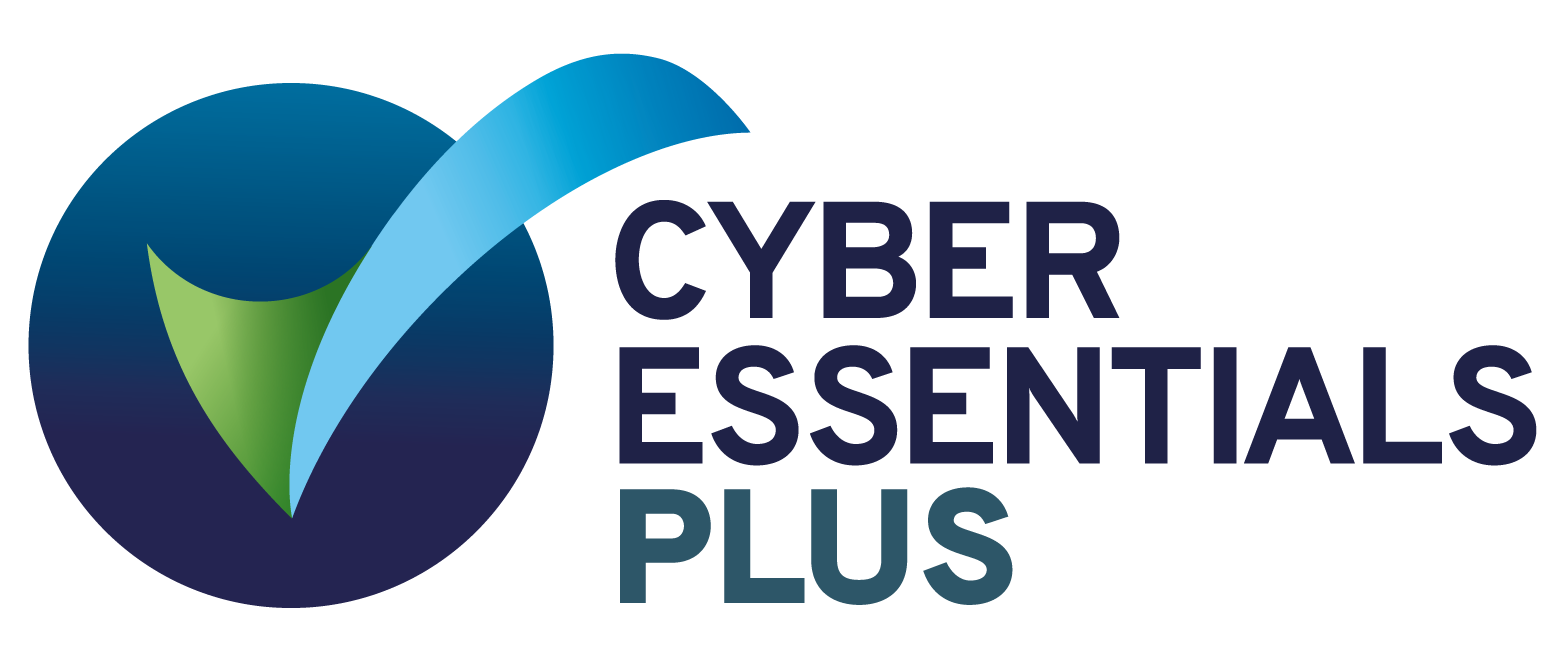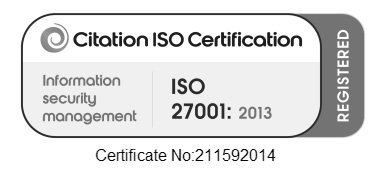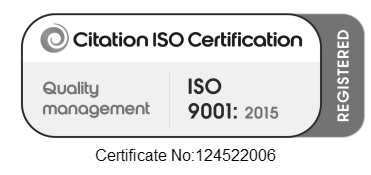Here at Central, we have over 30 years’ experience within the tech industry. We’re passionate about IT and doing a great job for our customers, and we pride ourselves on being a trusted partner that organisations know they can rely on – no matter the time of day, or level of support required.
Our mission is to put IT at the heart of business – ensuring only the right strategic solutions are implemented. And this is something we achieve by working with our network of best-in-class partners.
That’s why, in our partner-led blog series, we’re shining a spotlight on the innovative companies we work with – exploring what they do, how they work with Central, and their top tips and advice related to their specialist field.
Next up, it’s Jonathan Burgoyne, senior account director and EMEA team lead at Darktrace…
1. Tell us a bit about your organisation:
Founded by mathematicians and cyber defence experts in 2013, Darktrace is a global leader in cybersecurity AI, delivering complete AI-powered solutions in its mission to free the world of cyber disruption. ~8,800+ customers of all sizes trust Darktrace’s technology to mitigate risk from the world’s most complex threats — including ransomware, cloud, and Software as a Service (SaaS) attacks.
2. And if you had to sum up your expertise in three words, what would they be?
Self-learning AI.
3. Describe your relationship with Central?
We support Central and their customers when questions arise such as:
4. And how long have you worked together?
Central and Darktrace have been in partnership for three years (about a third of the time that Darktrace has existed).
5. What is the cyber AI loop and why is it important for organisations?
By leveraging self-learning AI that learns ‘you’ and your business ‘on the job’ without human resources to configure a virtuous cycle of continuous improvement and adaptive cybersecurity, organisations can stay ahead of the curve.
6. Share a top tip on how companies can make their cyber security strategy more robust:
People. Process. Technology.
It's not enough to just buy state-of-the-art tools or solutions. You need the right people with the right skills and well-defined processes to make sure these tools actually work and keep your company safe from cyber threats.
Best practice is to team up with vendors who can provide different functions, so there's no redundancy. This way, you're covering more bases and making it harder for attackers. It's like building layers of defence to protect your company's valuable information.
7. Describe what it’s like working with Central in one sentence:
An absolute pleasure. It’s awesome when a partner really ‘gets’ the mission and understands what customers are aiming to achieve, and they place trust in us by leveraging our solutions.
8. What are the biggest cyber security challenges facing businesses over the next 12 months?
Over the next year, organisation will continue to grapple with escalating MFA attacks, persistent 'hacktivism,' growing instances of crypto-jacking, increasingly sophisticated ransomware threats, and an imperative for proactive security measures to safeguard against these evolving cyber risks.
My colleague and Darktrace’s head of threat analysis, Toby Lewis, recently wrote an article that details more of our 2023 cyber security predictions. You can find it here, if you’re interested in reading more.
10. And how has the cyber threat landscape evolved over the years?
It’s evolved in two key ways:
11. Finally, what should organisations’ biggest priority be when investing in cyber security solutions?
Ensuring your tech stack doesn’t overlap in the approach each solution takes towards cyber security and mitigating risk for your business.
If there’s a bunch of perimeter tools that focus on what perpetrators have done before and what they might do next (rules, signatures, training data-based technologies), then that will absolutely take care of a majority of the risk.
But it does leave a gap for businesses when management asks ”‘okay, but what if something (like ransomware) does get through these defences? How will we know it is happening? How will we respond to contain it, especially since the team can’t work 24/7?”
That’s where it becomes important to have something, like a Darktrace solution, that aims for the same end-goal — minimising cyber risk — from an opposite direction.
If you possess a solution that concentrates on understanding the typical behaviour of legitimate users within your organisation, then any unusual activity that strays from this established norm, regardless of where it occurs within your combination of on-premises and cloud systems, will trigger a system that is simultaneously attentive to both favourable (normal operations for your business) and unfavourable (recognised attack patterns) actions. This layered approach aims to provide a more thorough and comprehensive defence strategy.
If you have any questions about any of the content covered above, please do get in touch. And for more news and updates, be sure to follow Central on Twitter and LinkedIn.






Central Networks are a strategic technology partner. Excellent technology is a given, customer service, trust and long-term relationships are what drive our business. We support CEOs, Heads of IT, IT technicians and transformation directors to ensure technology provides an edge to their organisations.
Company No: 02604843
VAT: GB 562 6919 13